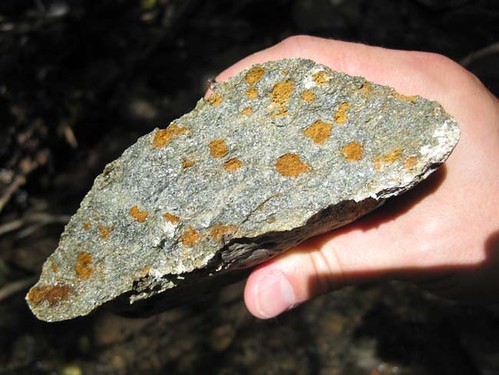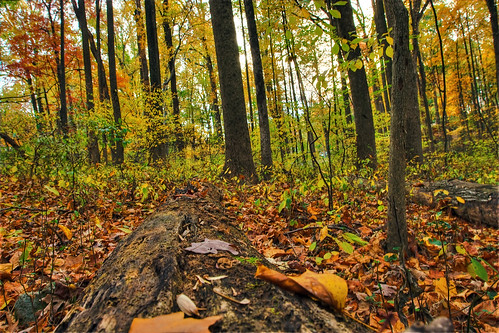 Geology
GeologySaturdays 9 AM-12 PM, L'Enfant Plaza
September 26 - December 12, with field trips October 18 and November 15
We may not have the Rockies in our back yard, but we have the roots of mountains that were as high as the Alps. Although local earthquakes are rare now, this area broke in two twice and ocean flowed in. Central Atlantic geology tells a story as fascinating as any place on the planet. Course lectures introduce the landscapes, subsurface structures and geologic history of our region. Three field trips emphasize the recognition of local rock units and of the geological processes that created them.
Fall Woody Plant Identification
Thursday evenings, 7 - 9:15 PM, Woodend Sanctuary in Chevy Chase
September 24 - November 12, with field trips October 3, October 24, and November 7
Autumn's glory is created by colorful trees and shrubs, so fall is the ideal time to study techniques of woody plant field identification. Participants study the major woody plant families and species found in the Central Atlantic's forest communities. Field trips feature the use of recognition characteristics and botanical keys to identify many local woody plants.
Introduction to Ecology
Tuesday evenings, 7-9 PM, Woodend Sanctuary in Chevy Chase
September 22- November 24, with full-day field trips October 10 and November 7
A fundamental understanding of ecology and the physical and biological principles on which ecosystems depend is essential for any naturalist. Learn to interpret the patterns and processes of nature by studying energy flow, food webs, biogeochemical cycles, population dynamics, communities, behavioral and evolutionary ecology, biodiversity, biomes and plant/animal interactions.
 Birds of the World
Birds of the WorldMonday evenings, 7-9 PM, Woodend Sanctuary in Chevy Chase
September 21 - November 30, with a field trip October 24
Learn about the avifauna of each continent or region. Review the factors that contribute to the climate, geography and topography of each continent or region and how they affect the distribution of birds. Study the diversity of families, the number of species, the endemic and/or unique species of each continent, and the conservation efforts being taken to preserve endangered and threatened species. Each lesson will use the instructor's slides and other media to illustrate points in the discussion. Knowledge of bird classification would be helpful.
Estuarine Ecosystems
Monday evenings, 6-8 PM, Woodend Sanctuary in Chevy Chase
September 21 - November 30, with field trips October 10, October 17, and October 24
Discover the dynamic nature of the estuarine environment through study of the interaction between basic physical, chemical and biological processes in the Chesapeake Bay. Explore biological and geochemical cycles and discuss the interaction between nutrients and overall productivity affecting the health of the Bay. Examine the effects of pollution and resources management and the processes that influence temperature and salinity distributions.
 Eastern Forest Ecosystems
Eastern Forest EcosystemsMonday evenings, 6-8 PM, L'Enfant Plaza
September 21- November 30, with field trips October 3, October 17, October 24-25 (overnight in Canaan Valley), and November 14
Explore the interconnectedness between deciduous and coniferous forest biomes of the mid-Atlantic region. Using field studies to augment in-class sessions, you delve into the study of mid-Atlantic forest ecosystems in order to chart this region's environmental uniqueness on a national scale. Forest ecosystem topics include: oak-hickory, oak-chestnut (mixed oak), mixed mesophytic, and bottomland deciduous forest communities. You explore localize biological relationships in geographical terms. Discussions cover the following forest ecosystems: the coniferous forests of the Atlantic Coastal Plain, Eastern Piedmont, Blue Ridge, Southern, Southwestern, Rocky Mountain and Pacific Northwest regions. You discover the intimate relationships between northern coniferous, deciduous forest mixtures of the Allegheny Mountains and the local environments of various states.
Like the photos in this post? Mouse over for credits; a click takes you to the photographer on Flickr.


